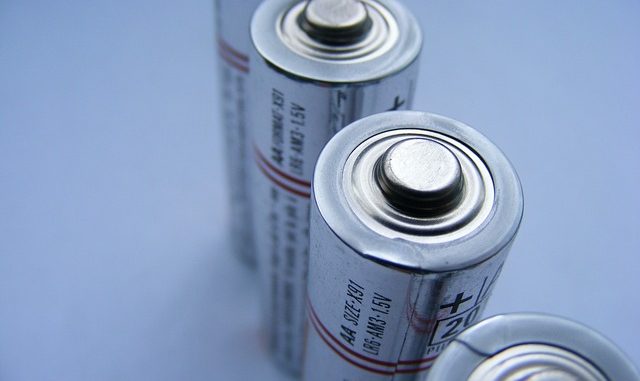
The year 2015 was marked by Tesla and Schneider, to take only these two examples, that launched on the market electricity storage offers for residential customers. Both offers are based on Lithium-Ion batteries.
Do these offers really create a threat to utilities? Are they going to be a major success or are they just “ecological toys”?
The main targeted use is the coupling of the battery with a photovoltaic installation to store the overproduction of the day before consuming it at the end of the day. Economically speaking, such a storage is of interest to the residential consumer when it can be valued.
In countries where self-consumption is not favoured, photovoltaic overproduction is simply injected into the power grid: no need for storage. This situation concerns countries where the proportion of solar energy remains minimal and where consequently the consequences of reinjection on the grid remain very limited.
In some countries, such as Germany, for example, self-consumption is favoured by incentives for self-consumption or by subsidies for the installation of photovoltaic panels coupled with a battery. To get the highest benefit from these subsidies, the residential consumer can increase his proportion of self-consumption by scheduling differently the consumption of some household appliances whose use can be programmed over time. Electricity storage complements these free provisions.
At a price ranging between 500 € / kWh and 1000 € / kWh of storage capacity, it remains very difficult to make a residential storage device economically viable over the expected lifetime of the installation and under current market conditions. In many cases, storage appears to be a fashionable toy.
I admit that this “technical” vision defines the landscape of storage in the short and medium term. In the longer term, the development of photovoltaics will continue and will require a greater use of storage. It will then be necessary to bring together healthy development conditions: use of shared storage, subsidies and support schemes whose future will be visible.
Oddly, the prospect of being able to store electricity has liberated brains and allowed to imagine new scenarios of evolution of the energy markets. This is probably the biggest contribution of storage: to have pushed a little bit more, energy providers to realize that their business model is dwindling and that their revolution is necessary.



Leave a Reply